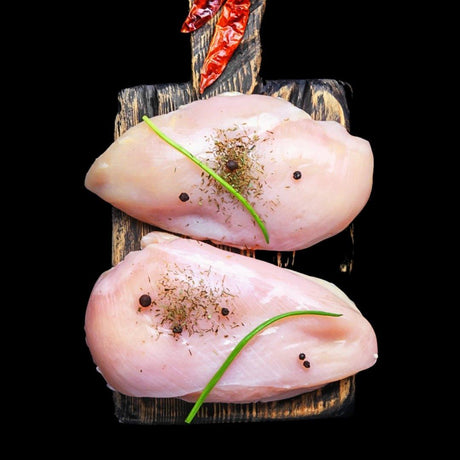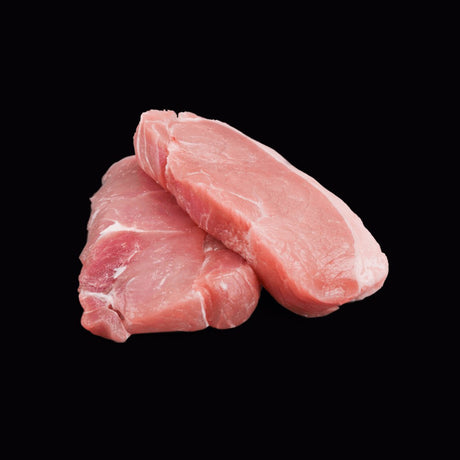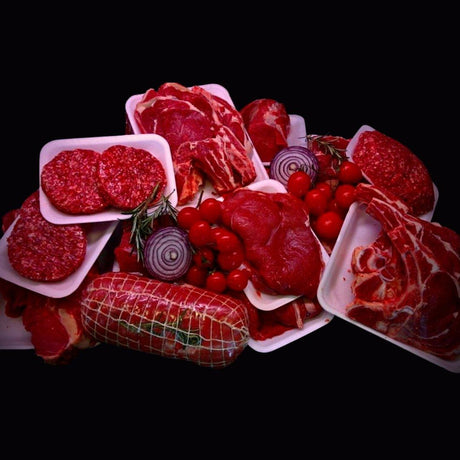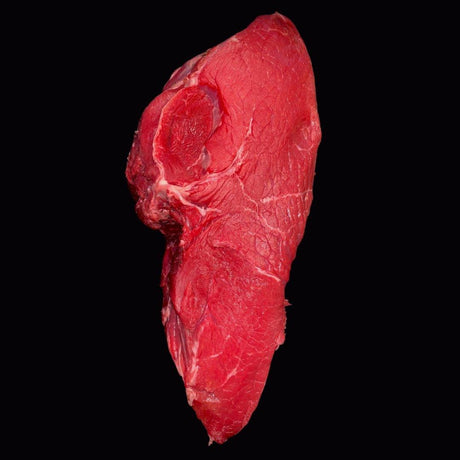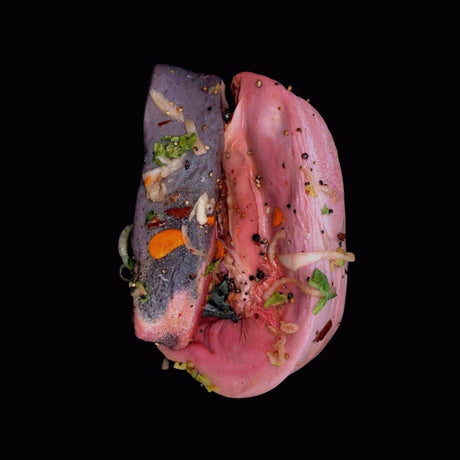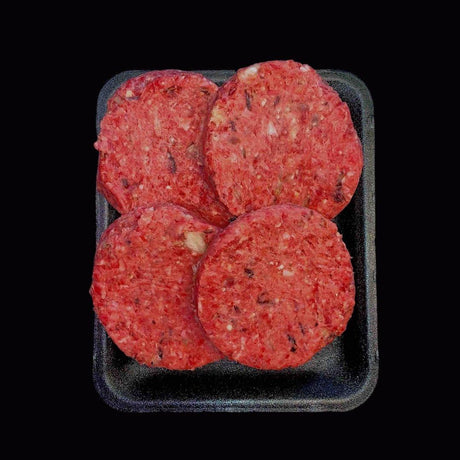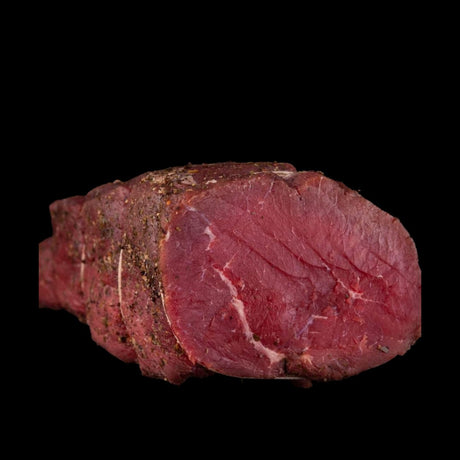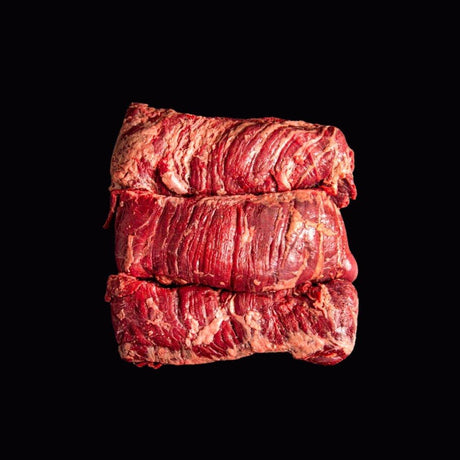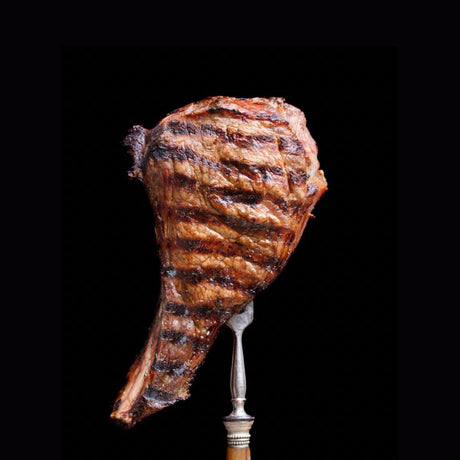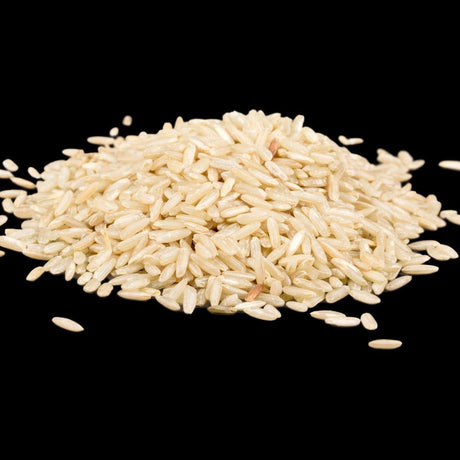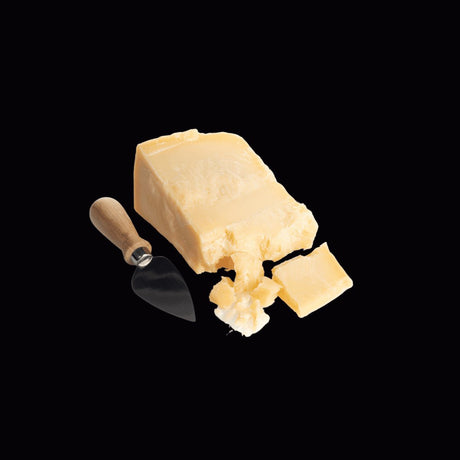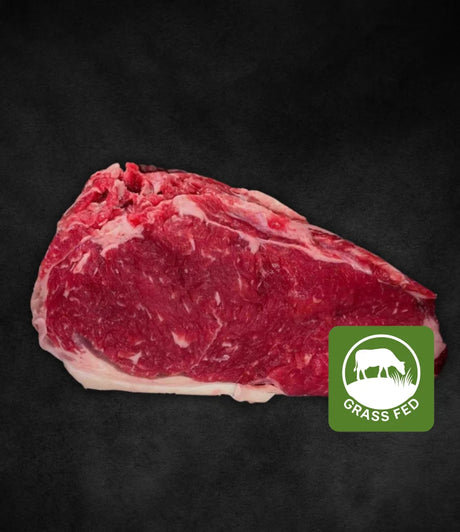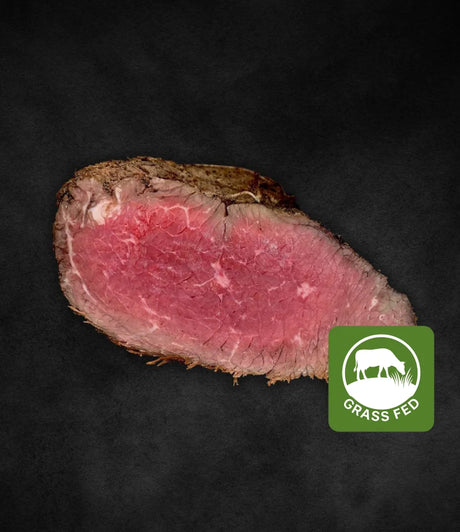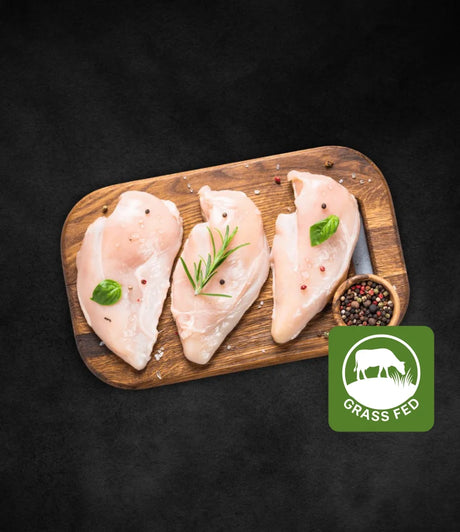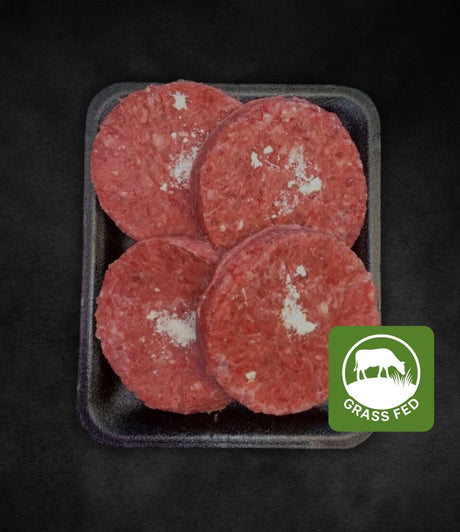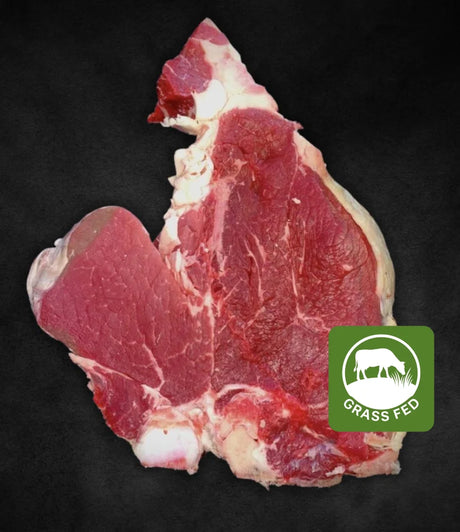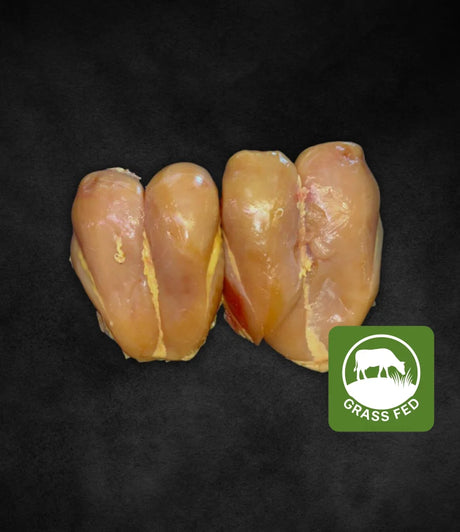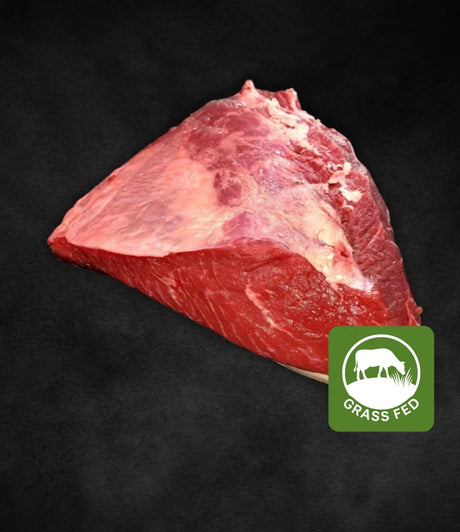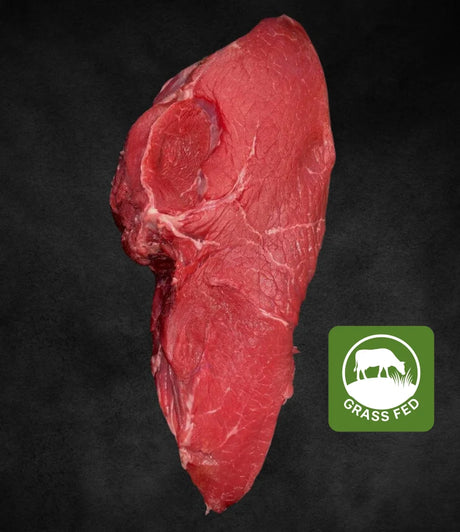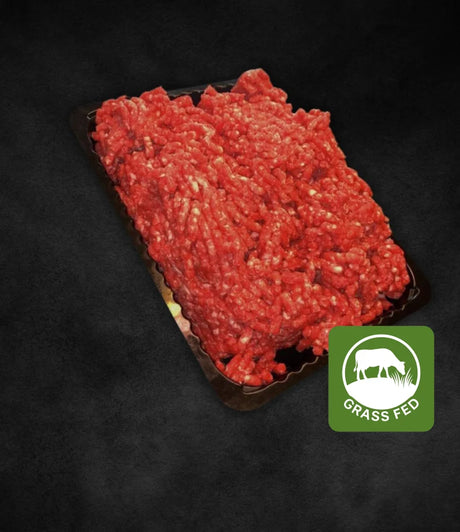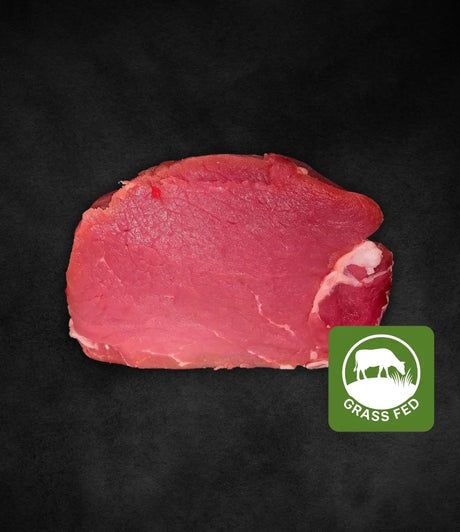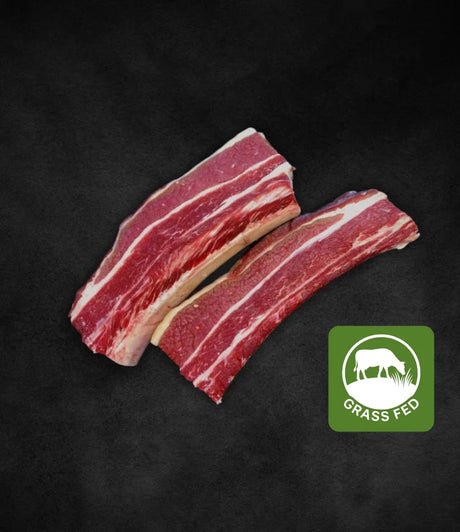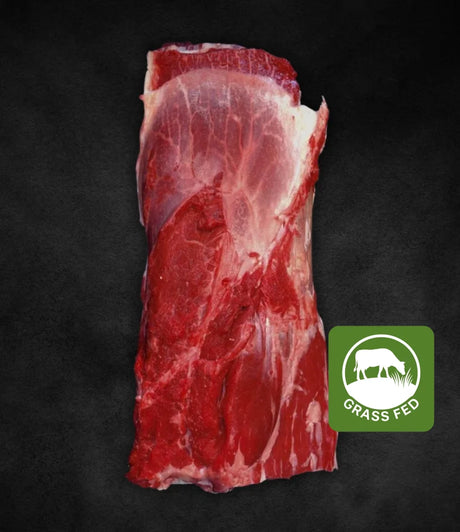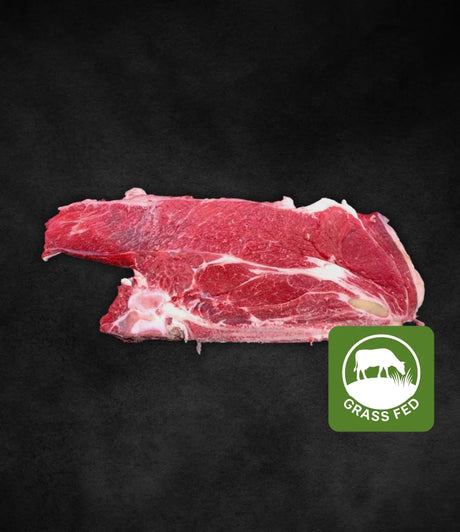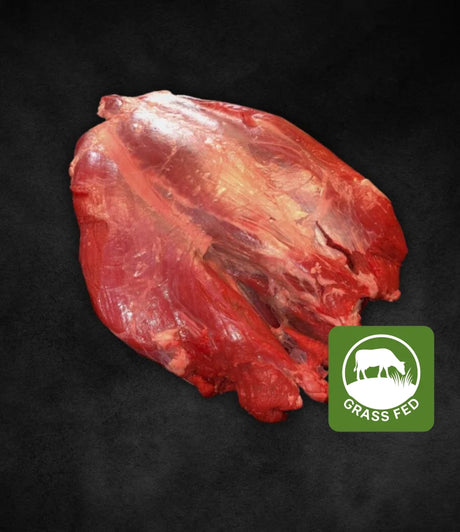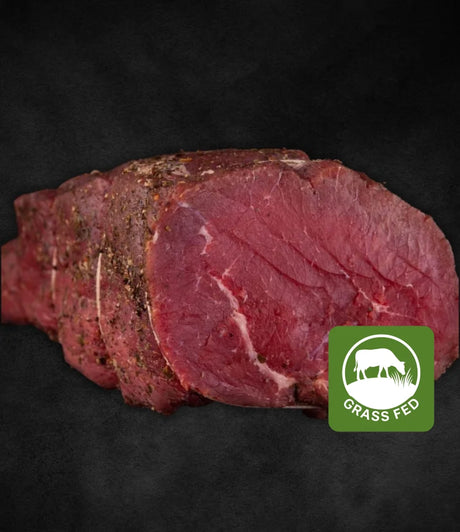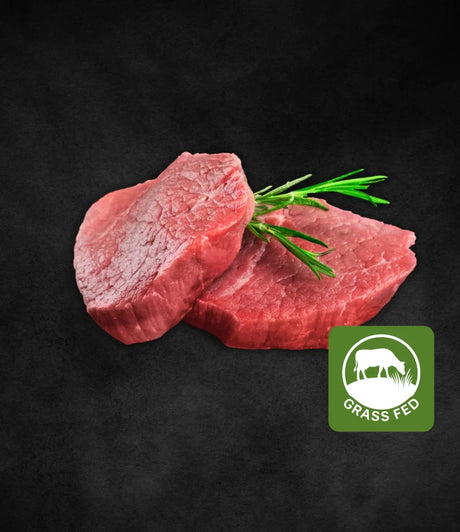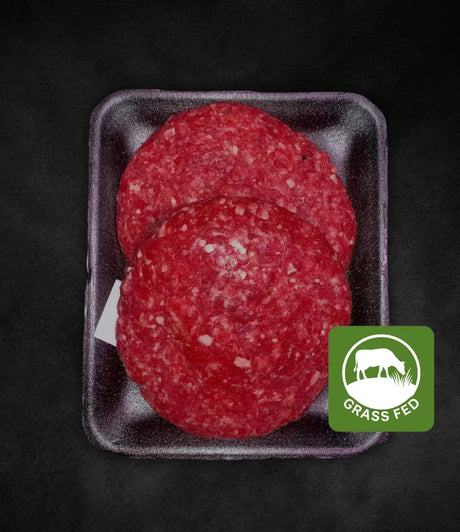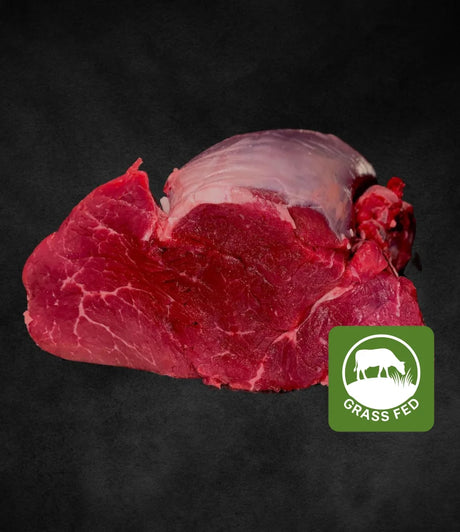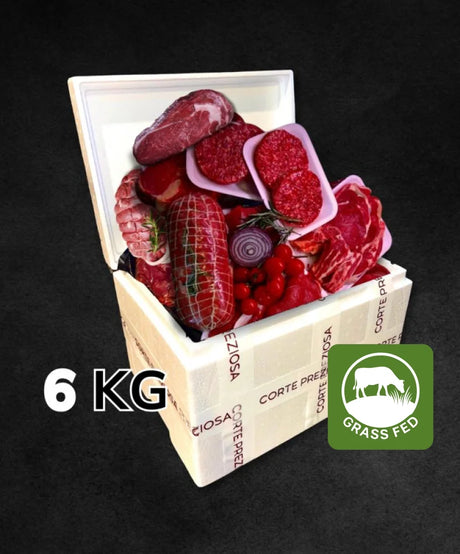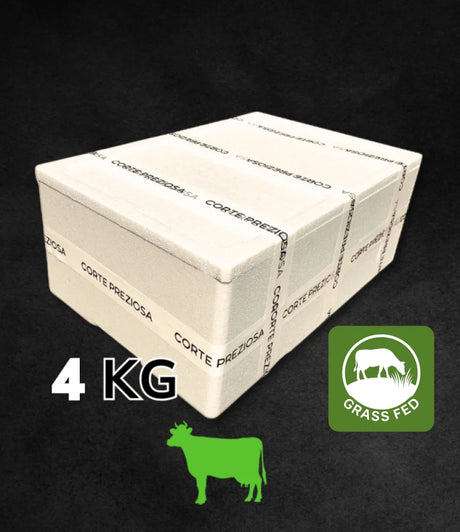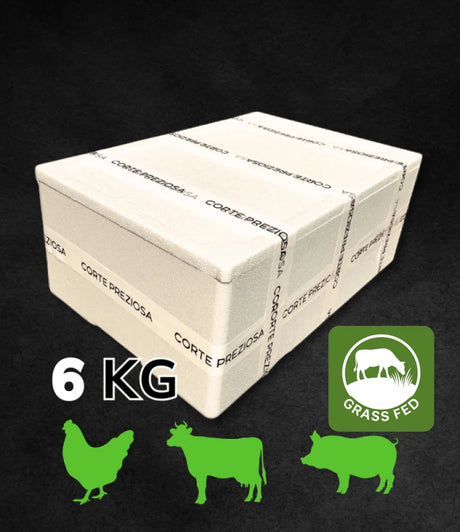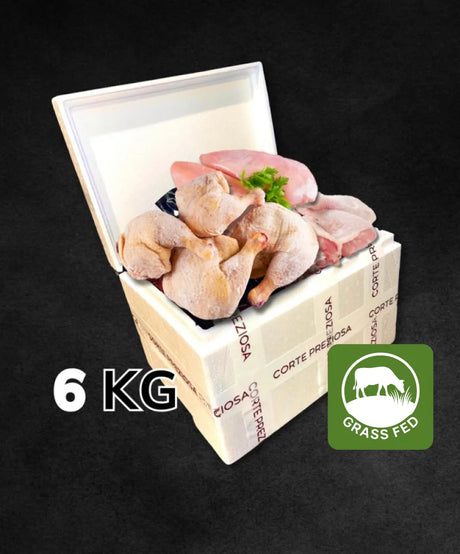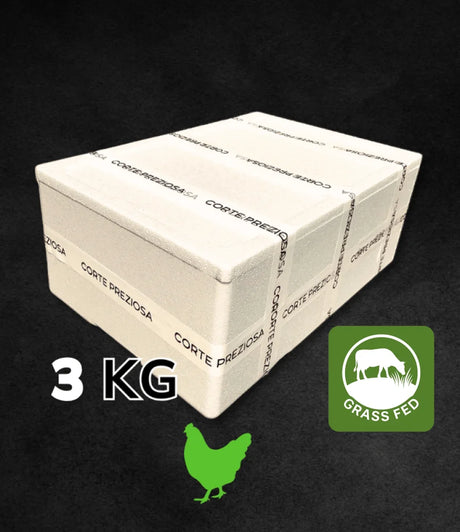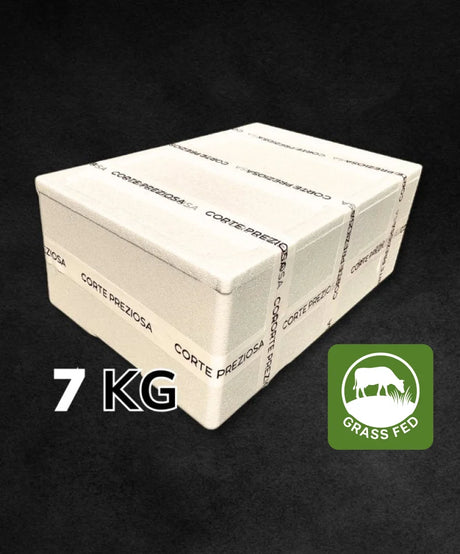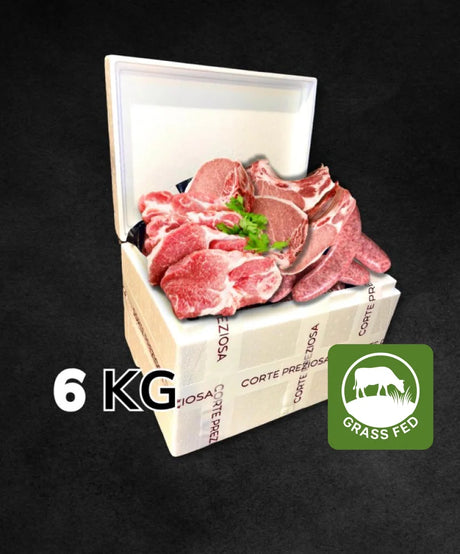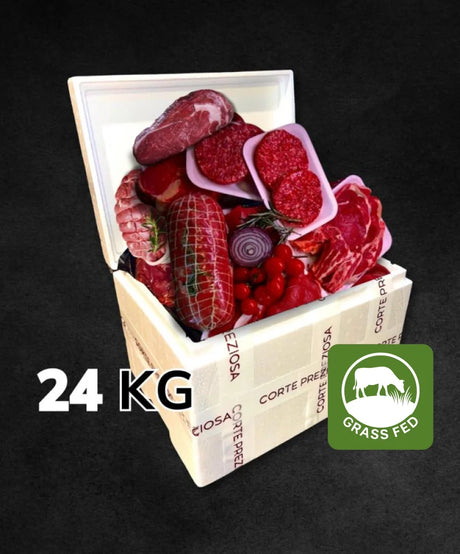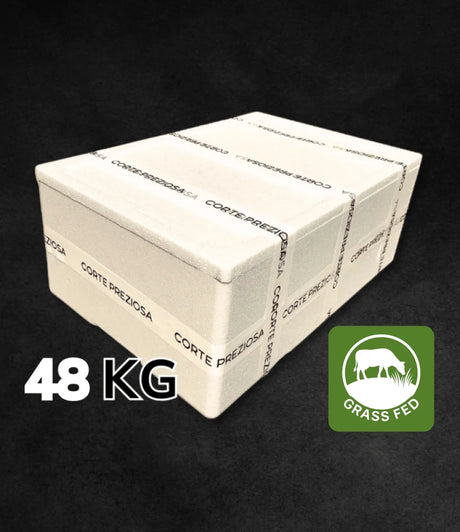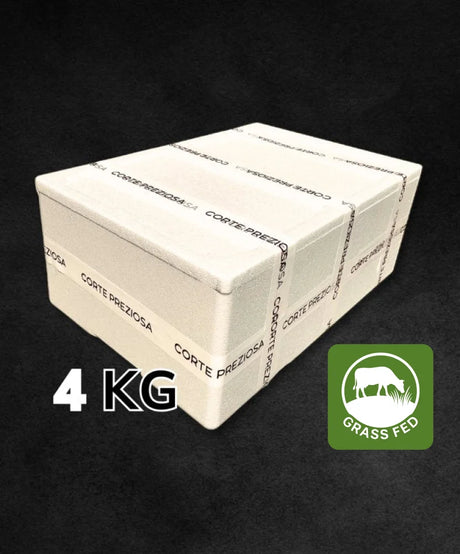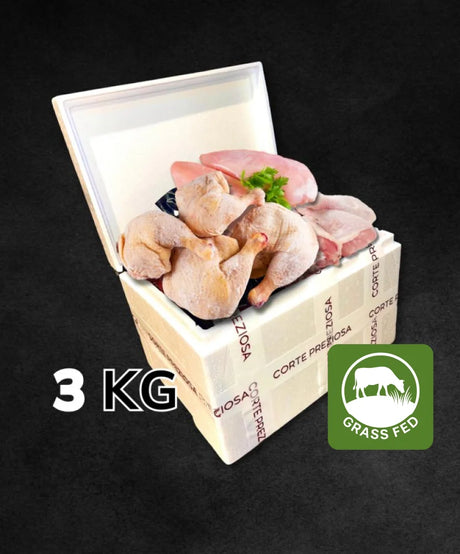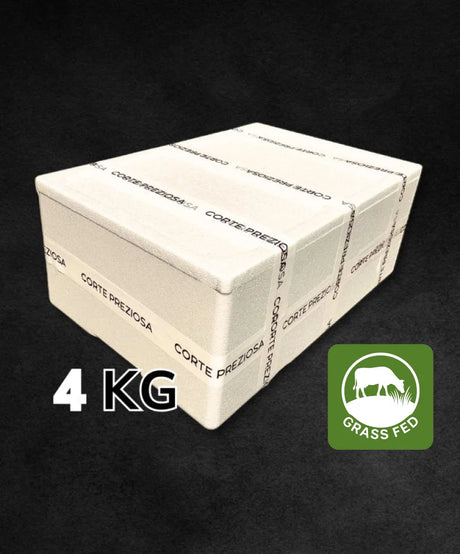In recent years, the debate about meat has become increasingly heated. If it was once considered an essential food for growth and physical strength, today it is often associated with environmental, ethical and even health issues. But how much truth is there in these statements? And above all, is it right to demonize a food that is part of our history and food culture?
A change in the perception of meat
Until a few decades ago, meat was seen as a precious commodity, a symbol of prosperity and nutrition. Past generations considered meat consumption a luxury, a sign of economic well-being and robust health. With the progress of the food industry and growing environmental awareness, however, its consumption has come under fire. Scientific reports and media campaigns have pointed the finger at intensive farming, greenhouse gas emissions and the alleged negative effects of meat on health.
At the same time, movements promoting vegetarian and vegan diets have increased, often presenting meat as an enemy of human health and the planet. However, a distinction must be made between quality meat and meat from intensive farming, between conscious consumption and excess.
Health and meat: a question of quality
Many studies link excessive consumption of red meat to health problems, including cardiovascular disease and metabolic disorders. But often the distinction between processed meat and quality meat is not made . Not all meat is the same: meat from ethical farms, without chemical treatments and with healthy feeding for the animals, is very different from industrial meat. The problem, therefore, is not the meat itself, but the way in which it is produced and consumed.
Selecting cuts of meat raised naturally, without antibiotics and hormones, can make the difference in ensuring a healthy and balanced nutritional intake. High-quality meat is a fundamental source of noble proteins, iron, zinc and B vitamins , essential for the correct functioning of the body. Furthermore, the cooking method greatly affects the healthiness of the meat: grilling at too high temperatures or consuming highly processed meats can have harmful effects, while gentle cooking and natural ingredients preserve the nutritional value.
The environmental aspect: can meat and sustainability coexist?
Another major concern is the environmental impact. Intensive livestock farming is responsible for a significant portion of global CO₂ emissions and water consumption. However, there are also sustainable livestock farming models . Systems based on regenerative grazing, the use of local resources and respect for the natural cycle can drastically reduce the environmental impact, making meat a sustainable food.
Furthermore, meat produced according to sustainable models contributes to the protection of the territory and the maintenance of biodiversity. Extensive farming, for example, promotes the regeneration of the land, avoiding desertification and excessive exploitation of the soil. Furthermore, moderate and conscious consumption of local meat reduces emissions related to long-distance transport, promoting short supply chains and supporting rural economies.
Rediscovering meat with awareness
The real problem, therefore, is not the meat itself, but our relationship with it. Choosing meat from responsible farms, naturally aged and free of additives can make a difference, both for health and for the environment. Instead of demonizing such an important food, we should learn to carefully select what we bring to the table .
What is needed is not the total elimination of meat, but greater attention to its provenance. Opting for certified meat, buying from local producers and supporting ethical farms are choices that can make a big difference, both for our well-being and for the health of the planet.
Conclusion
Meat is not the enemy. It is the way it is produced and consumed that makes the difference. Returning to a more balanced vision, which puts quality and sustainability at the center, can help us rediscover a food that, if chosen with awareness, can be part of a healthy and responsible diet.
The future of meat does not lie in its elimination, but in its transformation: more respect for animals, more attention to health and a more sustainable supply chain. And perhaps, with this new awareness, we can finally bring meat back to its natural place: not as a problem, but as a valuable food, capable of nourishing in a healthy and sustainable way.
---------------------------------------------------------------------------------------



